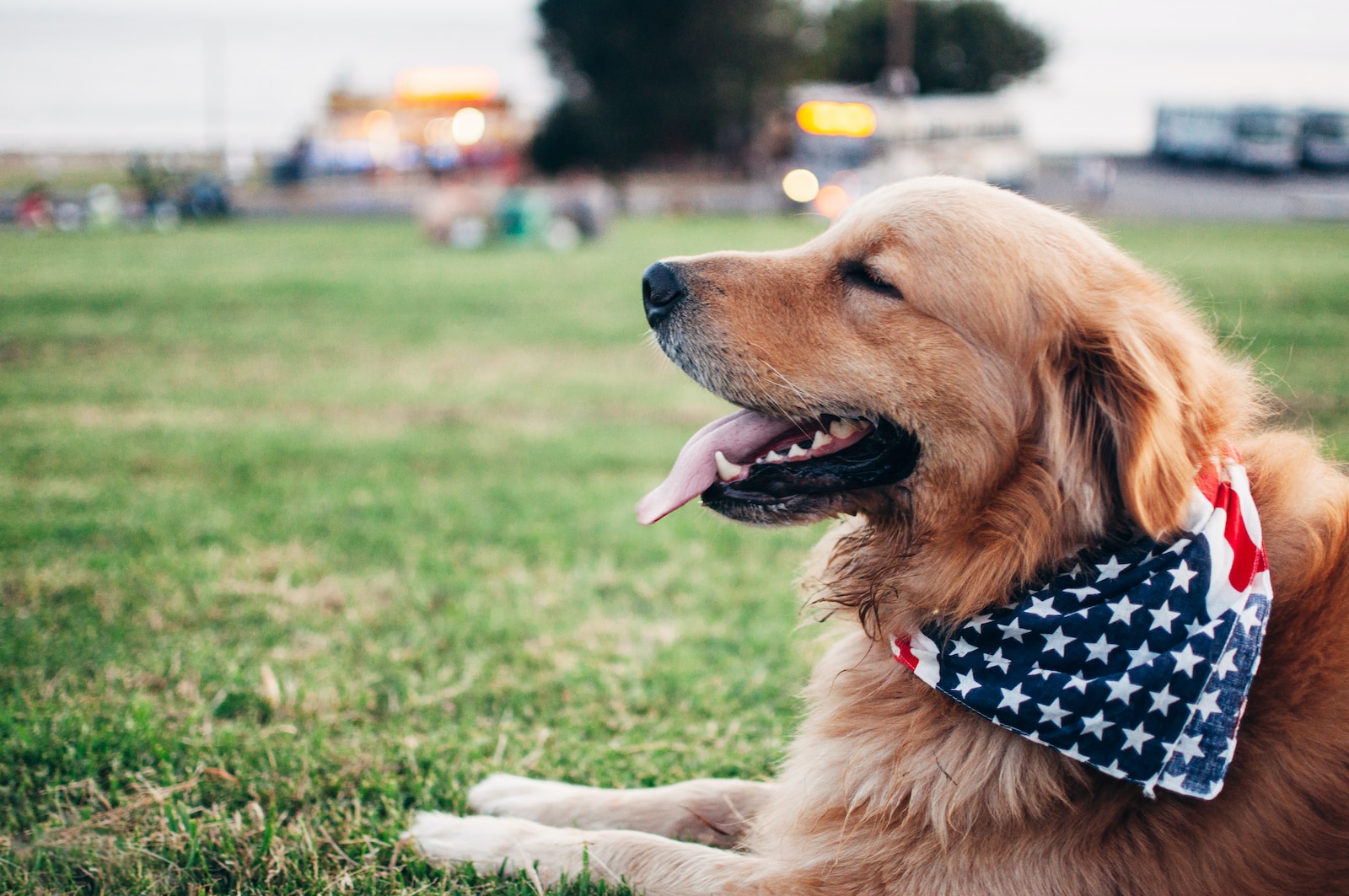Training your dog is an enriching journey that not only shapes their behavior but also strengthens the bond between you and your furry companion. Positive reinforcement techniques have gained widespread popularity as a humane and effective approach to dog training. In this article, we’ll explore the principles behind positive reinforcement and provide practical tips to help you train your dog using this rewarding method.
Understanding Positive Reinforcement:
Positive reinforcement involves rewarding your dog for exhibiting desirable behaviors, making them more likely to repeat those behaviors in the future. Unlike punitive measures or aversive training methods, positive reinforcement focuses on encouraging positive actions through praise, treats, or other rewards. This approach not only fosters a trusting relationship but also enhances the learning experience for your canine friend.
Identifying and Timing Rewards:
The key to successful positive reinforcement lies in timely and accurate rewards. The reward, whether it’s a treat, verbal praise, or a favorite toy, should be delivered immediately after your dog performs the desired behavior. This instant reinforcement helps your dog associate the action with the reward, reinforcing the positive behavior.
Consistency is Key:
Dogs thrive on routine and consistency. To effectively use positive reinforcement, be consistent in your responses to your dog’s actions. If you reward a behavior one day and ignore it the next, confusion may arise, hindering the training process. Consistency helps your dog understand the expectations and reinforces the desired behaviors consistently.
Selecting Appropriate Rewards:
Different dogs have different preferences when it comes to rewards. While some dogs may be highly motivated by treats, others might respond better to verbal praise, affection, or playtime. Experiment with various rewards to discover what truly motivates and excites your dog, tailoring your positive reinforcement to their individual preferences.
Start with Basic Commands:
Begin the positive reinforcement training with basic commands like “sit,” “stay,” or “come.” These fundamental commands serve as building blocks for more advanced training and help establish a strong communication foundation between you and your dog. Use treats and praise generously when your dog successfully follows a command.
Patience and Positive Attitude:
Positive reinforcement requires patience. Dogs may not grasp a command immediately, and some behaviors may take time to shape. Maintain a positive attitude, celebrate small victories, and avoid frustration. A positive and patient approach creates a learning environment that encourages your dog to participate willingly in the training process.
Avoid Punishment:
Positive reinforcement relies on creating a training environment that is based on encouragement rather than fear. Punishment, whether physical or verbal, can have detrimental effects on your dog’s well-being and the training process. Dogs, being sensitive creatures, may associate punishment with anxiety or distress, leading to a breakdown in trust.
Instead of focusing on what your dog does wrong, emphasize redirecting unwanted behaviors toward positive alternatives. For example, if your dog exhibits inappropriate chewing habits, provide them with a designated chew toy and reward them when they use it. This redirection not only prevents negative associations but also encourages the development of good habits through positive reinforcement.
Remember, building a strong bond with your dog is at the core of positive reinforcement. Encourage positive behavior, and your dog will be more motivated to please you through cooperation and understanding.
Capture and Reward Spontaneous Behaviors:
Dogs often display behaviors that we may want to reinforce spontaneously. These moments offer excellent opportunities for positive reinforcement. Keep an attentive eye on your dog’s actions and, when you notice them naturally exhibiting desired behaviors, promptly reward and praise them.
For instance, if your dog voluntarily lies down quietly while you’re working or watching TV, take a moment to acknowledge and reward this calm behavior. By reinforcing such spontaneous actions, you’re instilling the understanding that positive behavior, whether prompted or unprompted, is worthy of acknowledgment and reward.
This approach also contributes to a positive atmosphere within your home, where your dog feels appreciated for being themselves. It encourages them to actively engage in positive behaviors, even without specific commands, creating a harmonious living environment.
Gradual Progress and Challenge:
As your dog becomes proficient in basic commands, it’s essential to introduce gradual progress and new challenges to keep their minds stimulated. Dogs thrive on mental and physical stimulation, and incorporating more complex tasks into their training regimen can prevent boredom and enhance their overall well-being.
Introduce new commands or increase the difficulty of existing ones gradually. For example, if your dog has mastered “sit,” progress to “stay” and then to “lie down.” Gradual progress ensures that your dog builds on their previous successes, boosting their confidence and enthusiasm for learning.
Challenges should be age-appropriate and consider your dog’s physical abilities. Engage them in activities that tap into their natural instincts, such as puzzle toys, agility training, or scent games. This not only keeps training sessions interesting but also strengthens the bond between you and your dog as you navigate new challenges together.
By embracing the principles of positive reinforcement, capturing spontaneous behaviors, and incorporating gradual progress and challenges, you’re not just training your dog; you’re fostering a lifelong connection built on trust, positivity, and shared accomplishments.
Positive reinforcement techniques empower dog owners to create a positive and enjoyable learning experience for their pets. By focusing on rewards, consistency, and patience, you can shape your dog’s behavior, strengthen your connection, and foster a harmonious living environment. Training your dog using positive reinforcement is not just about obedience; it’s a journey of mutual understanding and trust that contributes to a happy and well-behaved canine companion. Embrace the power of positive reinforcement and watch as your dog becomes a well-mannered and joyful member of your family.

Leave a Reply